Job-shadowing in settings both at home and abroad can be a great way to share best practice, reflect on one’s own way of doing things and encourage CPD…..
Download job-shadowing article
Job-shadowing in settings both at home and abroad can be a great way to share best practice, reflect on one’s own way of doing things and encourage CPD…..
Download job-shadowing article
The ToWe Project is identified as providing the foundation for Supporting Toddlers’ Wellbeing in Early Years Settings highlighting the work of the ToWe Project which helped to develop materials, tools….
Download supporting toddlers’ wellbeing article
 The ToWe Project Partners are pleased to announce the publication of their book Supporting Toddlers’ Wellbeing in Early Years Settings: Strategies and Tools for Practitioners and Teachers. This provides strategies, tools, case studies and examples of good practice across England, Norway and Spain on how to support and improve toddlers’ overall wellbeing.
The ToWe Project Partners are pleased to announce the publication of their book Supporting Toddlers’ Wellbeing in Early Years Settings: Strategies and Tools for Practitioners and Teachers. This provides strategies, tools, case studies and examples of good practice across England, Norway and Spain on how to support and improve toddlers’ overall wellbeing.
For more details visit: https://www.jkp.com/uk/supporting-toddlers-wellbeing-in-early-years-settings-2.html
Kathryn Hograth shares her Job Shadowing Experience, in her setting and at Sandvedhaugen Barnehage, Norway, in the Comenius Association Journal, September 2017.
Cet article résume le projet <> et l’expérience de stage d’observation de Kathryn Hogarth. Kathryn est une professionnelle de <> (des enfants de l’âge de zéro à cinq ans), qui travaille dans un <<Children’s Centre>> en Angleterre. Faire un stage d’observation dans le domaine de <> en Norvège pendant une semaine, lui a donné l’occasion d’observer d’autres pratiques, de discuter des idées avec des collègues et de prendre du temps pour faire de l’introspection. En engageant des discussions professionnelles et en partageant des compétences pratiques, tous les participants ont pu apprendre de nouvelles compétences et connaissances.
L’expérience de stage d’observation a permis aux participants de ne pas seulement identi fi er les réussites de leur travail, mais aussi d’appliquer ce qu’ils ont appris dans leurs propres environnements. Les expériences des participants et des exemples de bonnes pratiques seront partagés avec un plus large public sur le site web du projet. Cet article détaille des ré fl exions et donne des exemples concrets de l’e ff et de l’expérience du stage d’observation sur la pratique dans le domaine de <>.
This article outlines the Toddler Well-Being Project and the job-shadowing experience of Kathryn Hogarth, an Early Year’s Professional working in a Children’s Centre in England. Undertaking a one-week job shadowing experience in a Norwegian Early years setting provided Kathryn with the opportunity to observe others’ practice, discuss ideas with colleagues and take time for self-re flection. Engaging in professional discussion and sharing practical skills with colleagues from across Europe has enabled all participants to gain new skills and knowledge.
The job-shadowing experience has enabled participants not only to identify strengths in their own work, but also to apply new learning into their own settings. The participants’ experiences and examples of good practice will be shared with a wider audience through the project website. This article details re fl ections and provides concrete examples of the e ff ect of the job shadowing experience on practice in Early Years settings.
The Toddler Wellbeing project aims to improve the practice of early years practitioners working with disadvantaged toddlers. This is in order to help them get the best start to formal education, in the hope that they will go on to maximise their potential and be active citizens in the future. I have been a part of the project since March 2016, attending the initial training week and then working though the manual and audits, focusing on keys areas of improving Toddler Wellbeing.
During the first year of the project, I was focused on my own setting, reading the research, carrying out audits, and sharing the information with volunteers and professional partners. Working in Children’s Centres across the London Borough of Richmond upon Thames, I work with children and their families in the local community. The first year of the project has also been about involving the families in the project, using the audit tool to open up discussions around their home circumstances, their children’s development and what well-being means to them as individuals.
Once we had established the project within the Children’s Centre, we then took part in job-shadowing. The participants from Norway and Spain came to observe four practitioners in England, working across two Children’s Centres and one Nursery setting offering full day-care. The project as a whole encourages participants to reflect on the reasons why they work in a certain why, but the preparation for the visits made me looks at my setting with new eyes. I started to consider whether I was achieving what I wanted from my sessions, or if things were being interpreted differently by the children. Were they able to not only enjoy the activity but achieve a new level of understanding, taking their learning to the next step.
Having reflected alone on this before the job-shadowing, these discussions continued when the other participants arrived. We were able to talk together about their thoughts on the setting, from an outside expert’s point of view. It was really enlightening and also very empowering to have the visitors give positive feedback at the end of the week, as well as hear their ideas about things that could be done differently. The discussions confirmed existing strengths in our work, including the strong professional relationships with Midwives, Health Visitors and Speech and Language Therapists. They also highlighted how flexible and responsive we are to the family’s needs, and that help is available to support the families holistically. The job-shadowing gave us the opportunity to have a professional dialogue, and gather the views of early years practitioners from three countries, which promoted new insights and understanding.
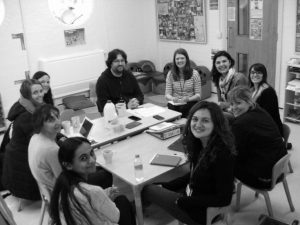
The picture on the left shows the participants of the project as well as Children’s Centre volunteers and members of the Speech and Language team. Everyone was involved in evaluating the ‘Stay and Play’ group, discussing what went well, how to increase the well-being of the children who attended the session, and how to support the families in the local community.
I was then given the opportunity to visit the Norwegian Kindergarten, Sandvedhaugen Barnehage, along with participants from England and Spain. We spent one week at the setting, shadowing the teachers, practitioners and children. It was unlike anything I have experienced before, as we were encouraged to step back from every day, hands on practice, and take time purely to observe and consider what we saw. Not helping to arrange the room. Not helping to set up lunch. Not helping the children with their coats. Just observe and contemplate.
The children had been well prepared for our arrival. I sent a photograph of myself and a description of my job to the early years setting, and they were displayed on the wall for the children to see. As a result of the preparation, the children were curious and eager to interact with us. It was absolutely fascinating to realise the extent to which we could communicate without a common language, especially with the younger, pre-verbal children. They use their body language and facial expressions to communicate with their teachers and their peers, so it was perfectly normal for them. Some of the older children seemed to find it hard to comprehend why we didn’t understand them, but soon found ways of communicating, taking our hands to lead us around, or using lots of hand gestures and facial expressions. By the end of the first day, I knew the Norwegian words for tractor, crane, and lorry as I had been sitting next to a 3 year old boy who was very keen to share his interest in vehicles with me.
I found that I could follow the organisation of the day fairly easily. The way it is structured means it flows easily and logically, and the teachers use songs for the transition periods which gives a clear signal that the current activity is about to change. The use of songs and rhymes for transition times was just one of the similarities between Norway, England and Spain, and it felt very familiar. Circle and story times were also similar, with the teacher having set a learning outcome, planned what they would say and chosen specific resources.
It was very hard to sit back and observe, without getting involved in the children’s play. As the week progressed, I started to find the balance of observing and interacting with the children who were interested in us.
Myself and the other participants found we had time to reflect on the way the setting worked, how the day moved fluidly from one section to another, and how the children responded to the interactions throughout the day. The whole process promoted reflection – both self-reflection and reflection with colleagues, and we were given time to sit together and compare ideas and experiences. We found many similarities in our practice, but also many differences. While you can read case studies about good practice online and in books, seeing practice first hand, and being immersed in it for a week is so much more inspiring and thought-provoking. It also enables me to give very real examples of the good practice I saw.
When the children arrive in the morning, they are welcomed with open arms by their teachers, and as the parents come right into the classroom to help put their clothes away and set up the breakfast, the teachers have time to chat to the family together, taking their time and really valuing the information that is shared at this moment. We are able to do this in the Children’s Centres but in my experience, there are few Nurseries in England that have adopted this practice. It made me reflect on the physical contact teachers have with children. The children in the Norwegian Kindergarten would often go to the teacher throughout the day for a support hug, or pat on the back and then go back to their play looking revitalised and calm. In England, I feel that we use a lot more verbal praise and reassurance, but very little physical contact, making it much less like a home environment.
We were encouraged not only to discuss things verbally, but to write up our reflections on a daily basis. This helped to focus on the most surprising or challenging parts of the day, but also on the ordinary, and how everyday tasks are done differently. For example, when the children transition from inside to outside in England, there is often a rush to get shoes and coats on, and the practitioners and parents will often step in to help. In Norway I saw that extra time is factored in to the routine, so children can get ready independently. Some are able to dress themselves from a very young age and I saw a 14 month old girl put on her waterproof overalls all by herself. When I got back to my setting I made sure that I shared this experience with the parents, and tried to convey the value of giving children time to do things independently.
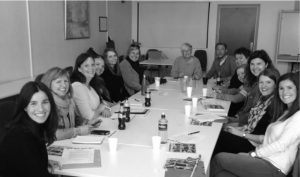 The picture to the left shows the meeting of participants on the final day of the job-shadowing week in Norway. Practitioners from Spain, England and Norway were involved, as well as University staff. We are now moving on with the project, and hoping to share our experiences with professionals across Kingston and Richmond by holding a Well-Being Conference. For more information about the project, and to see the materials that have been developed, please go to www.toddlerswellbeing.co.uk
The picture to the left shows the meeting of participants on the final day of the job-shadowing week in Norway. Practitioners from Spain, England and Norway were involved, as well as University staff. We are now moving on with the project, and hoping to share our experiences with professionals across Kingston and Richmond by holding a Well-Being Conference. For more information about the project, and to see the materials that have been developed, please go to www.toddlerswellbeing.co.uk
Kathryn Hograth
Reference:Hogarth, K. (2017) ‘Learning from a Job-Shadowing Experience’, Journal of the Comenius Association, 26, pp. 22-24
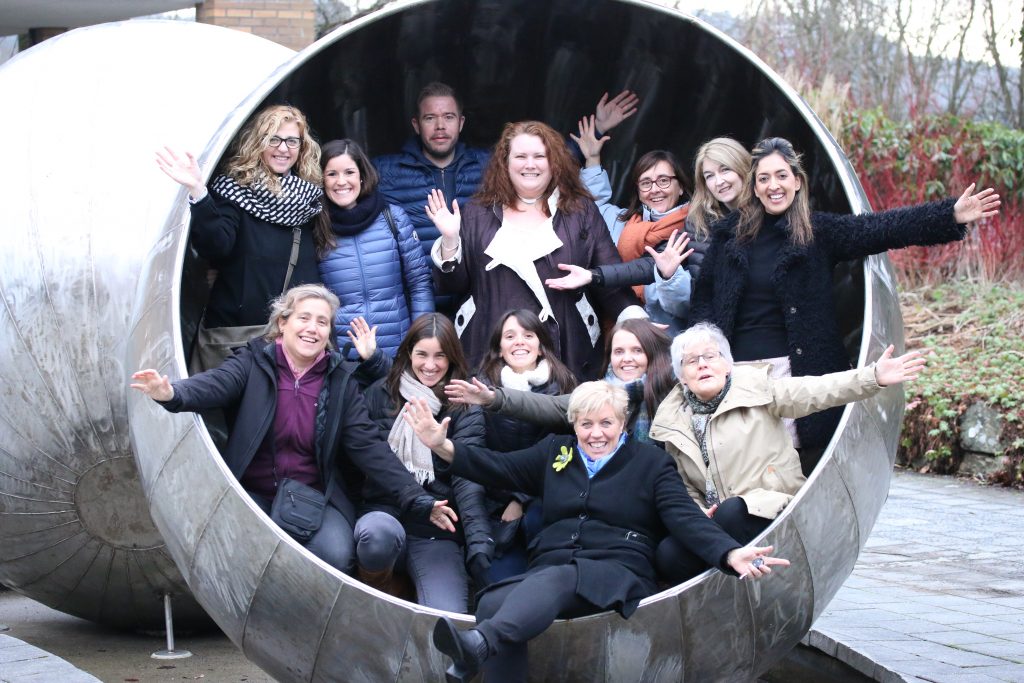
After battling freezing fog, flight delays, diversions and cancellations the team made it to the University of Stavanger for their third project meeting. This meeting reviewed the progress of the project to date, the impact of the project and planned for the next phase, the Job Shadowing. The dates of the job shadowing where confirmed, who would be participating, an outline of the hours and reflective session. The partners visited Sandvedhaugen Barnhage and were warmly welcomed by the staff and children who sang for us (there was not a dry eye!) It was fantastic to not just hear about the impact that the ToWe project is having within the setting but to also see this in practice and how they are now sharing this with other settings. This was another positive meeting with an enthusiastic and motivated team who are open and honest in their contributions and discussions creating a really positive and vibrant team.
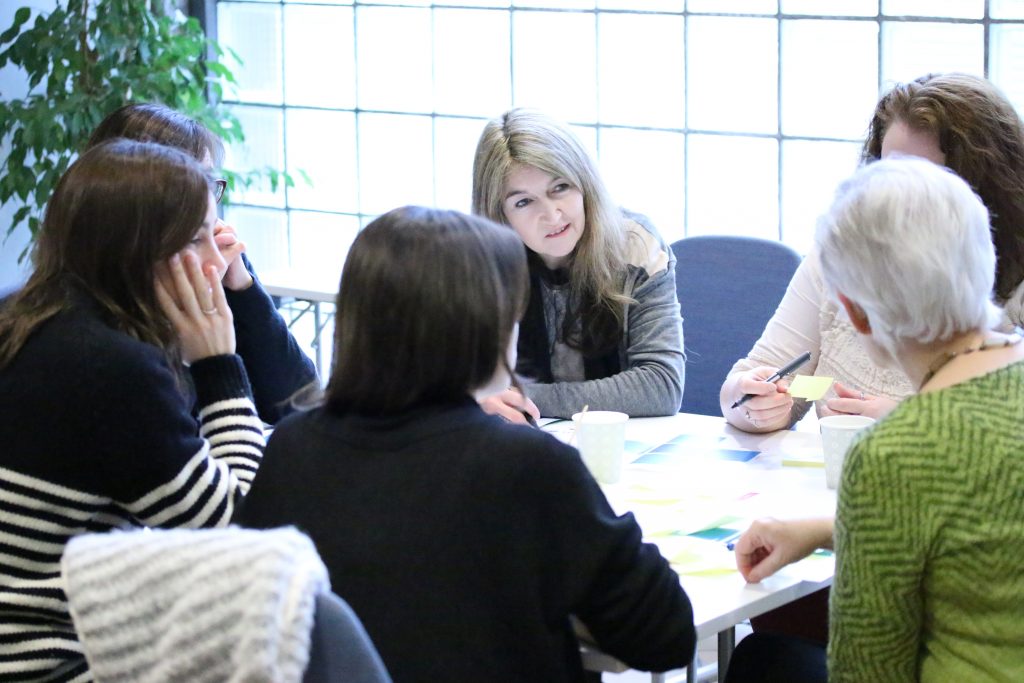
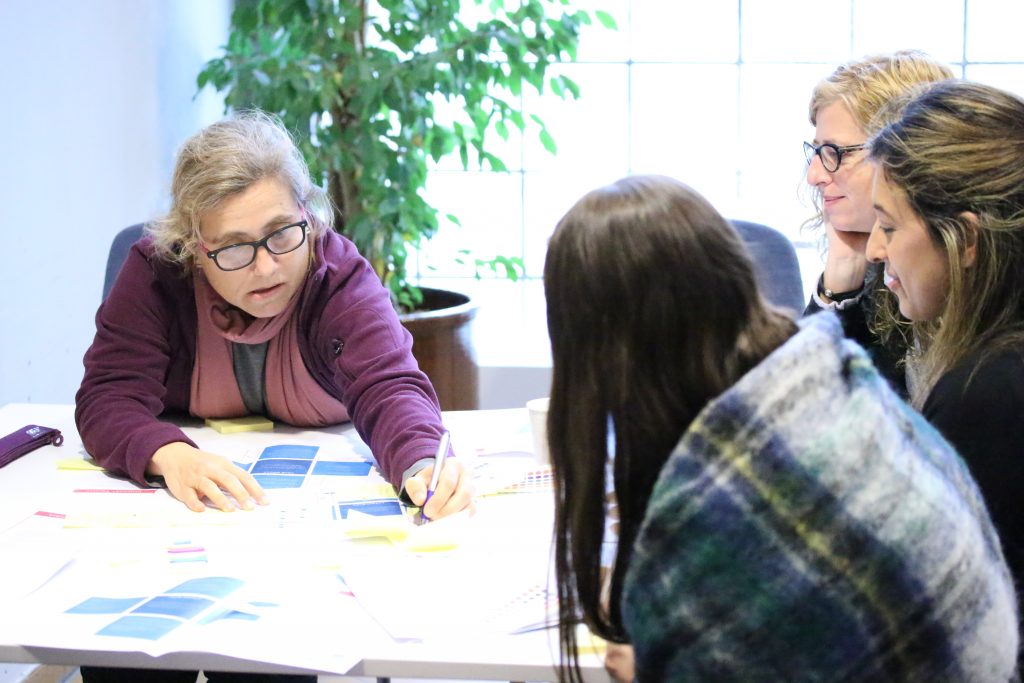
ToWe team working on the impact of the project to date
The aim of the job shadowing is to enable the early years practitioners from the partner settings to work together, learn from each other and reflect upon how they support toddlers’ wellbeing and the different strategies they are using and developing through:
9th June – 10th June 2016 at Kingston University, London. The ToWe Project met for their second meeting to discuss the progress of the project so far. The Setting Partners provided feedback on how they have been working with the materials presented at the Contextualisation of Wellbeing Training Event. It was felt to be a successful meeting with plans made for the Focus Group Interviews and the next Transnational Meeting 3 being held in Stavanger.
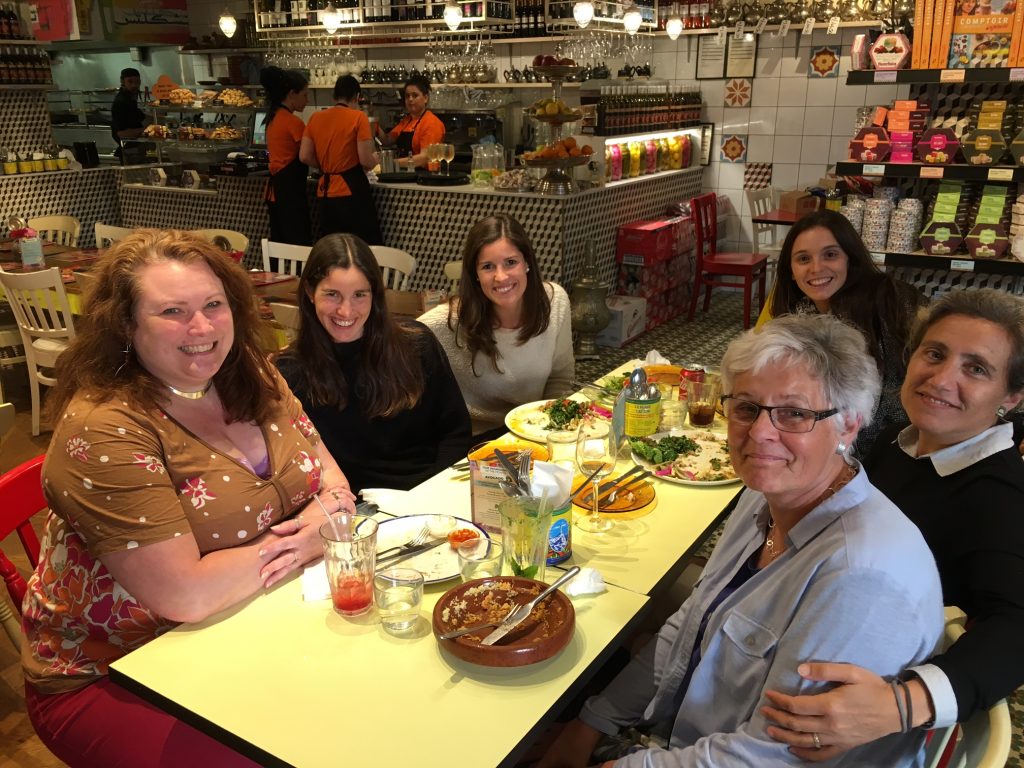
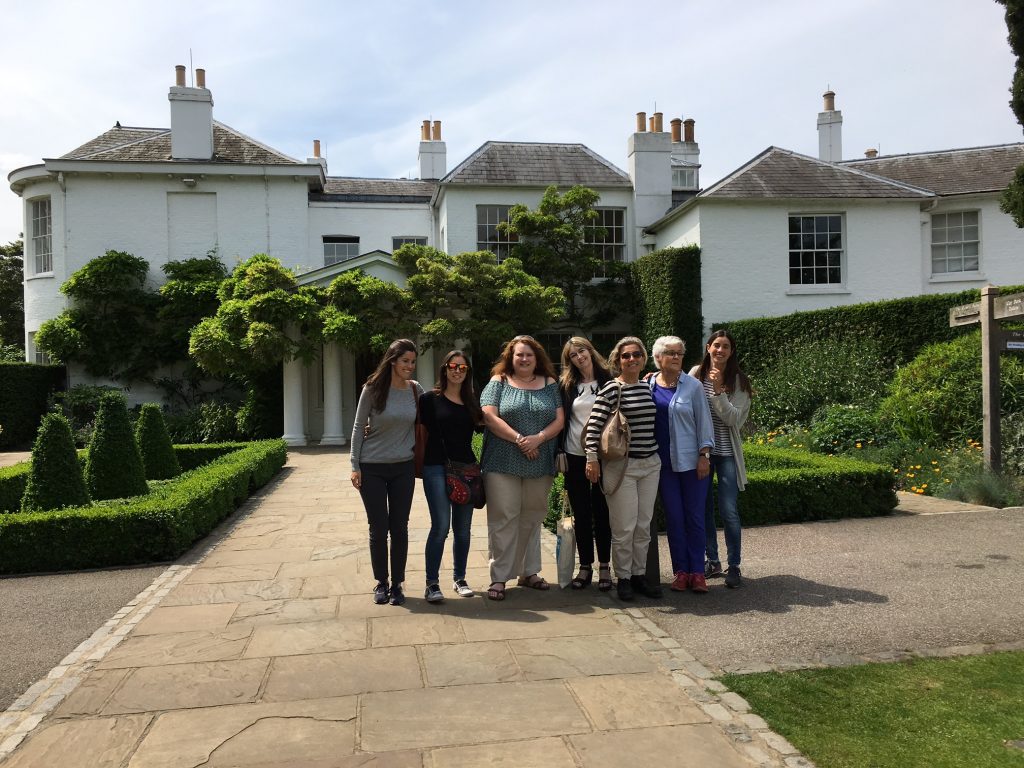
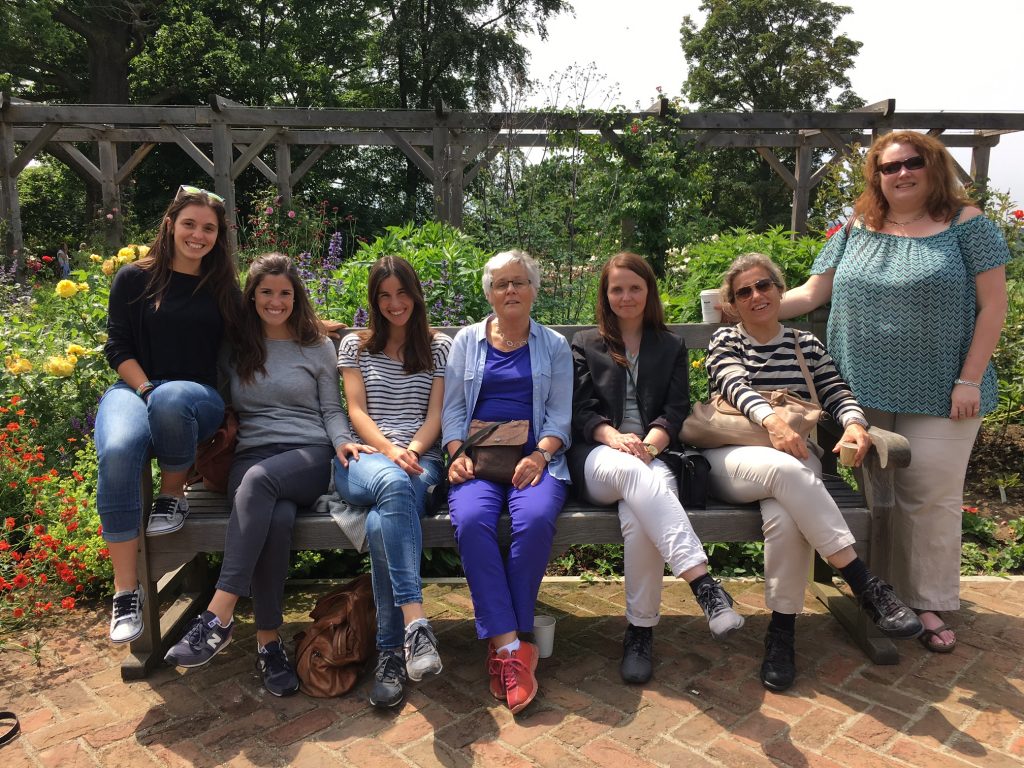
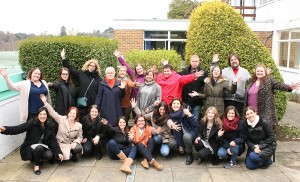 The Contextualization of Wellbeing Training Event at Kingston University took place from 14th March 2016 – 18th March 2016. Here is how some of the project members summarises the week.
The Contextualization of Wellbeing Training Event at Kingston University took place from 14th March 2016 – 18th March 2016. Here is how some of the project members summarises the week.
During a week in March, the early Childhood Education and Care (ECEC) setting partners met up with the ECEC practitioners and local authorities/municipalities together with Higher Educational Institutes partners (HEI), in Kingston to attend the projects first training event. This week involved the Higher Educational Institutes partners delivered training on toddlers’
wellbeing, toddlers’ voice and expressions, toddlers’ meal times and toddlers’ early languages.
The project aims to improve the practice of early years professionals working with disadvantaged toddlers, in order to help them get the best start to formal education, in the hope that they will go on to maximise their potential and be active citizens in the future. It provides a unique opportunity for transnational collaboration of the partners in particularly the early year’s practitioners to work with and alongside each other.
Linked to everyday life
Cristina Corcoll López from Universitat Ramon Llull in Barcelona, Spain, summarises the week with these following words;
“This week has been very interesting from an educational point of view, and it has also been interesting to see that this is a real project of applied research, not only because it involves entities or educational services and universities but because all topics that have been proposed to be developed are closely linked to everyday life in settings. We also feel the work to be done is focused on promoting reflection toward action, so that it can support and assist the training of reflective educators. Moreover, the enthusiasm and good feeling shared by all made us foresee great involvement of all participants”.
Started to reflect
Harrieth Elin Kristiansen Strøm is a Senior Pedagogical Leader at Sandvedhaugen kindergarten in Sandnes, Norway. She hopes that the project will provide an increased quality assurance in the kindergartens, nurseries and schools in the three different countries.
“The week in Kingston was fantastic! It was satisfying to have access to experienced and reflected educators from other countries. I immediately started to reflect and it did not take more than a day or two before I felt like I really had enhanced my competence. It was a great opportunity for me to learn how other early childhood practitioners think and act. I have been waiting for an initiative like this for the youngest children. It is important to focus on the concept of wellbeing and how the youngest children thrive. It is important to get a professional definition and an academic discussion about how we best can achieve well-being for the toddlers. The aim is to increase young children’s well-being in the nurseries”.
Will broaden my knowledge
Janette Barber from Heathfield Children’s centre, a setting of Achieving for Children, is impressed by the quality of the projects intellectual outputs, and looks forward to reading the research material and using it in her own setting.
“There is a lot of research material to read through and I am looking forward to do so. It will be relevant to the project and it will broaden my knowledge and understanding of the subject. I look forward to use the materials in my setting”.
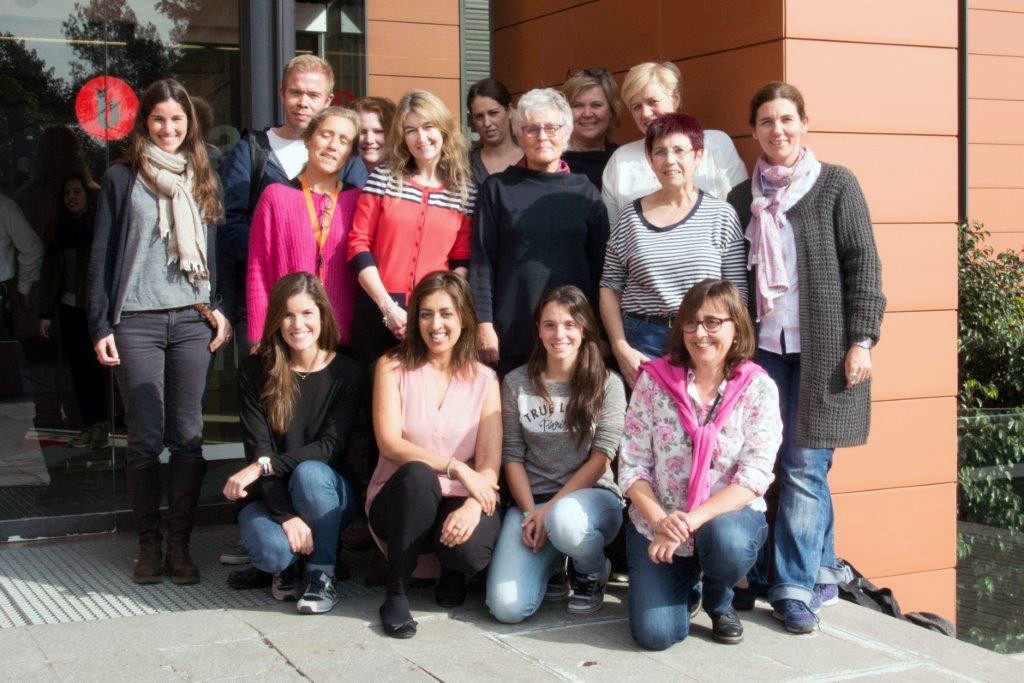
11th – 13th November 2015 at Universitat Ramon Llull, Barcelona
The ToWe Project team met for the first time receiving a very warm welcome from Barcelona. The team had a very positive meeting getting to know each other and the organisation of the project.